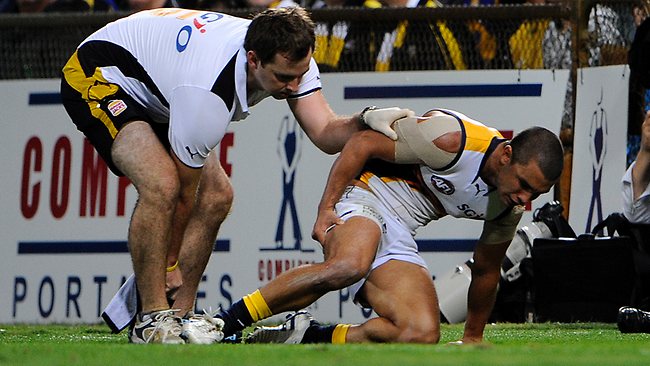Kerin F, O’Flanagan S, Coyle J, et al.
Scand J Med Sci Sports. 2024;34:e14586.
We aimed to determine whether the anatomical location (intramuscular tendon or T-Junction) of hamstring muscle injuries in professional men’s rugby union associates with a prolonged time to return to full training and a higher rate of re-injury/subsequent injury. We reviewed the medical records of an Irish professional rugby union club to identify hamstring muscle injuries incurred across five seasons. Clinicians and players were not blinded to MRI results at the time of rehabilitation. A blinded musculoskeletal radiologist re-classified all included injuries (n=91) according to the British Athletics Muscle Injury Classification framework. Players who sustained an injury with intramuscular tendon involvement required a longer time to return to full training compared to players who sustained an injury without intramuscular tendon involvement (78days vs. 24 days). Players who sustained a biceps femoris injury with T-junction involvement did not require a longer time to return to full training compared to players who sustained a biceps femoris injury without T-junction involvement (29days vs. 27 days). Injuries with either intramuscular tendon or T-junction involvement were not associated with an increased rate of re-injury/subsequent injury to the same limb (intramuscular tendon involvement – odds ratio = 0.96, T-junction involvement−odds ratio=1.03). When a hamstring muscle injury involves the intramuscular tendon, the injured player and stakeholders should be made aware that a longer time to return to full training is likely required. T-junction involvement does not alter the expected clinical course of biceps femoris injuries.

